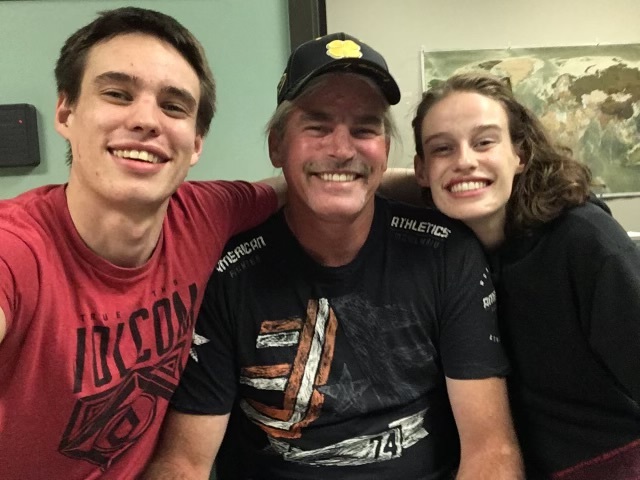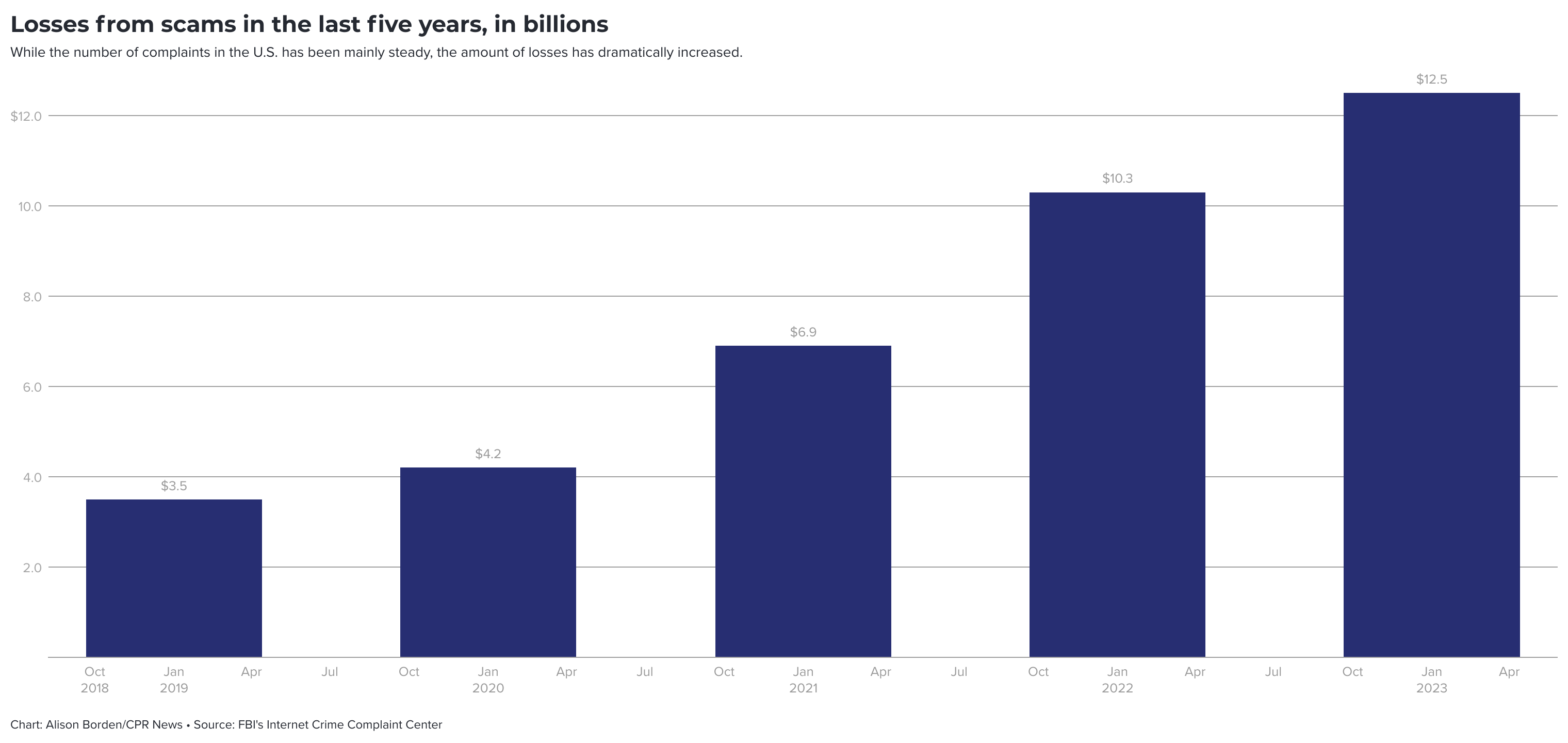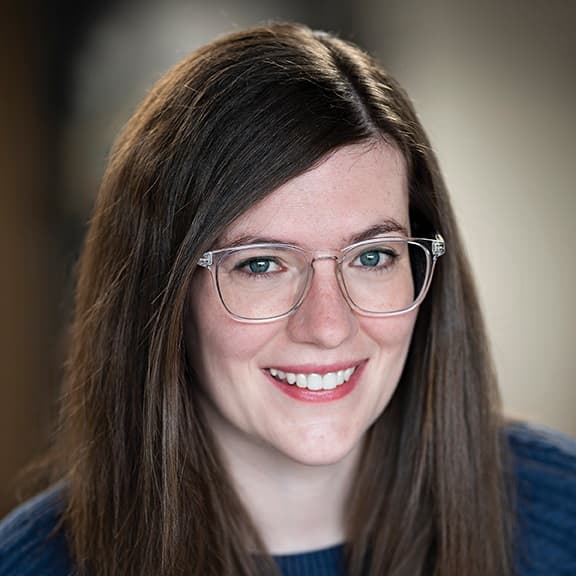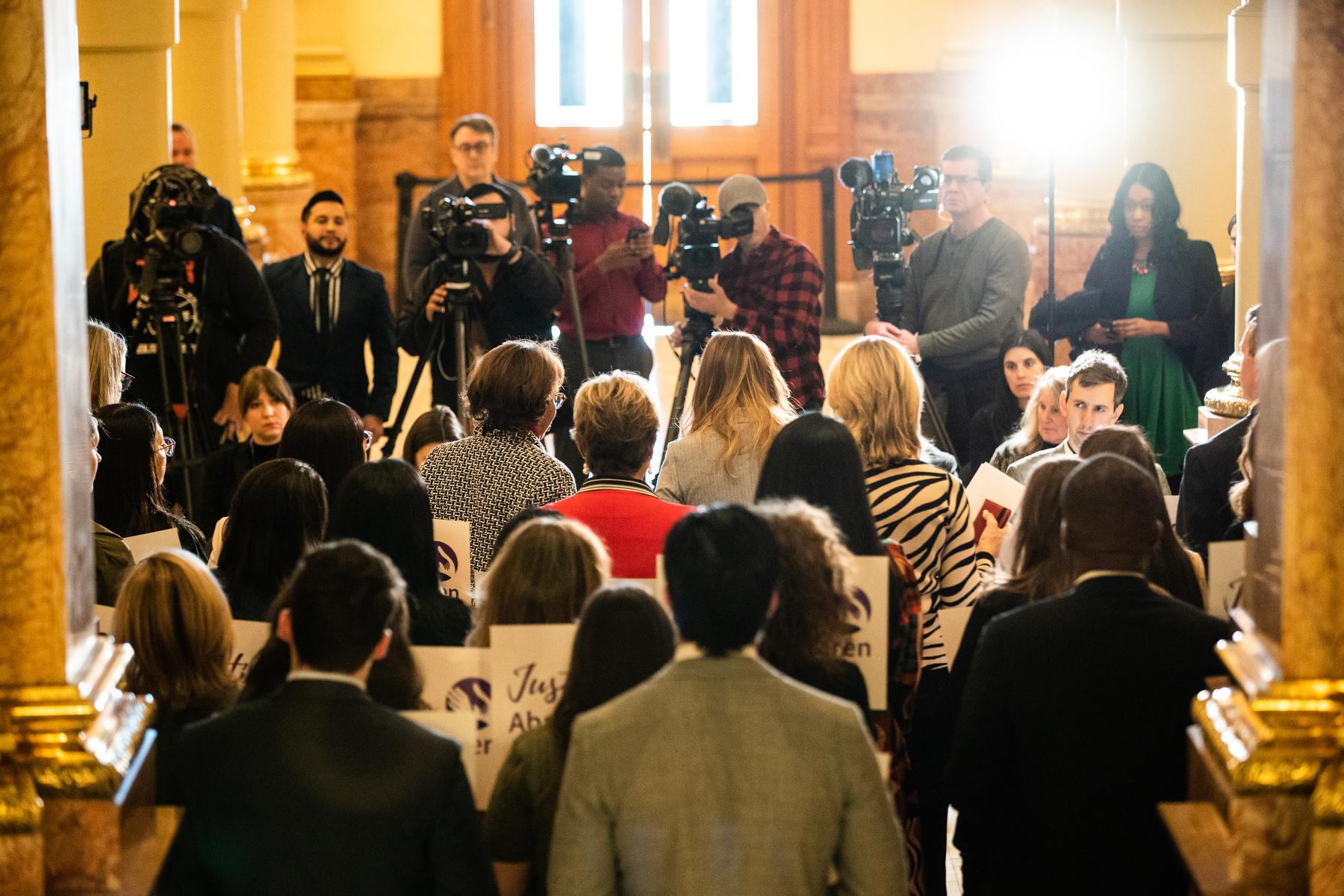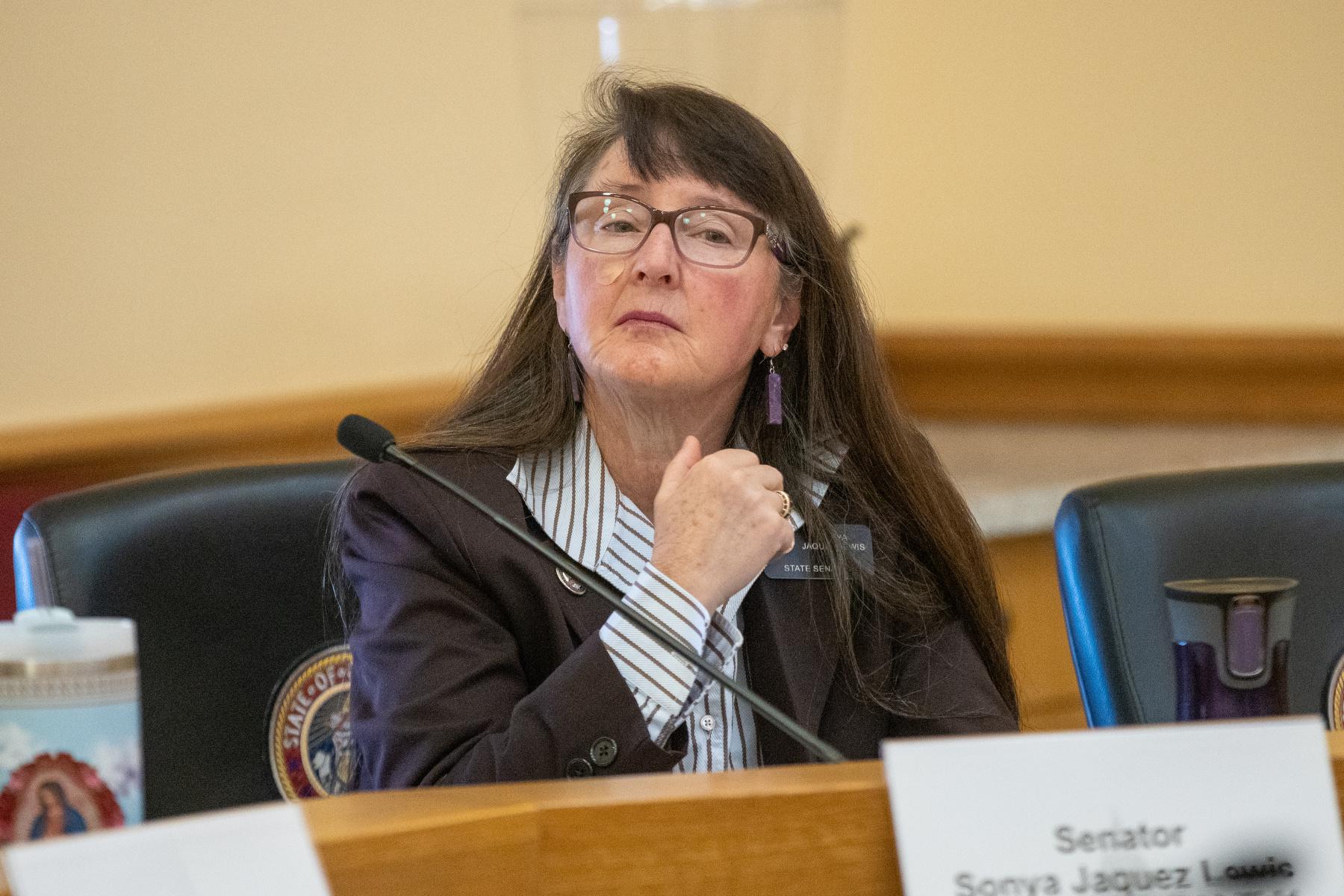
This is “Looking UP! in southern Colorado,” from the Colorado Springs Astronomical Society. I’m Hal Bidlack, and there are lots of reasons to look up!
Two days from now, Wednesday, September 23rd, at 2:22am, southern Colorado listeners will experience the Autumnal Equinox.
I don’t recommend setting an alarm, as there really isn’t too much to see, but equinox is important to astronomers and to farmers, at least farmers before the industrial age.
So what is an equinox? There are two every year – one in March and one in September. The TV weather people will tell you that the one in March marks the beginning of spring and the one in September marks the beginning of fall. Both equinoxes occur because the Earth is tilted, relative to the sun. Because of that tilt we have seasons. On the equinox the sun is positioned over the equator in such a way that the length of day and night are nearly equal. In March the equinox marks the beginning of days with more light than dark, and in September we see more night then day, astronomically speaking.
Coincidentally this year, we have the equinox and an eclipse in the same week. On Sunday, September 27, Southern Colorado listeners will see quite a treat if the clouds cooperate. The full moon will rise as it always does, but you may notice it looks a little odd. That’s because the moon will already be partially eclipsed by Earth’s shadow when it pops up over the horizon. East Coast observers will be able to see a full eclipse,

wherein they can observe the moon enter, pass-through, and then exit the Earth’s shadow. For those of us in southern Colorado and northern New Mexico, we will see the moon rise already partly in shadow. It should be an amazing thing to see, so keep your fingers crossed for no clouds. Lunar eclipses occur in sets. This eclipse is the fourth of four, and we won’t see another total lunar eclipse until January 2018.
If you’d like to take a look at the eclipse through a telescope, please join us at the Florissant Fossil Beds National Monument for a special night of moon viewing. Visit the fossil beds website for more information.
If you’d like to take a closer look at the moon or any of the other wonderful and amazing things in the sky, please visit KRCC.org or CSASTRO.org for a link to information on our monthly meetings and our free public star parties!
This is Hal Bidlack for the Colorado Springs Astronomical Society, telling you to keep looking up, Southern Colorado!
